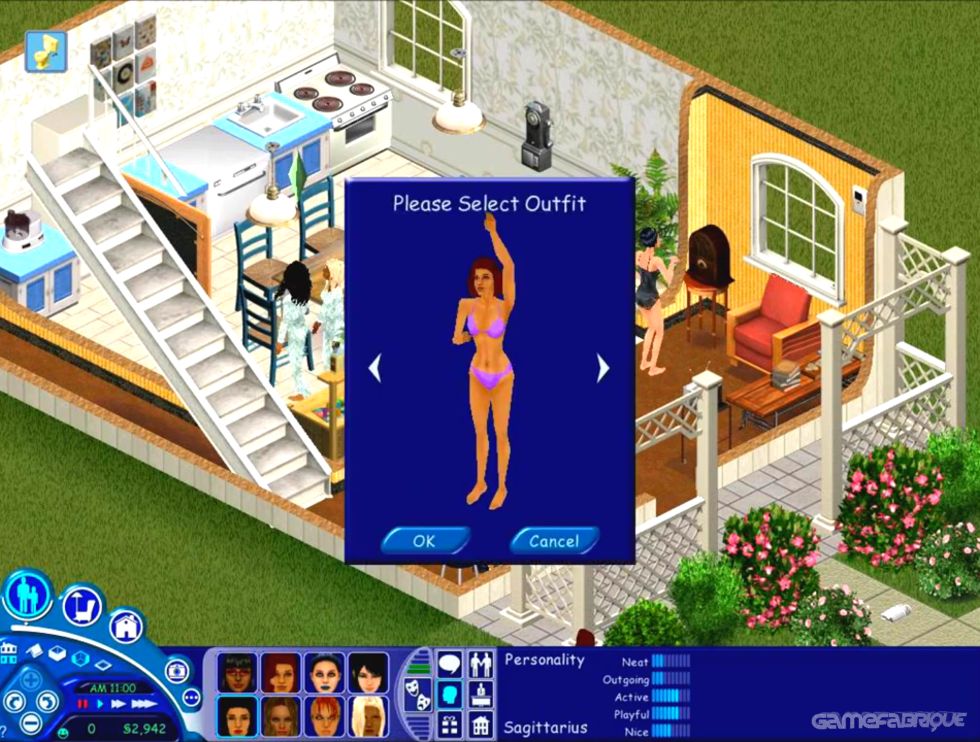


Once putting your Sim on a career path, either by perusing the newspaper or online job listings, career advancement becomes a major goal. From the very beginning – acquiring a house and furnishing it – you’re in management mode, trying to balance your tastes against the meager $20,000 you start out with.Įxpect burglars if you have an oppulent home! Whoops! The dishwasher broke. The heart of The Sims is a leafy suburban neighborhood comprising pre-built houses of various size and value, along with several vacant lots to build new residences on. The Sims is essentially divided into two sections – a “Live” mode in which your Sims work, play, and interact, and a Buy/Build mode that freezes time to allow you to change the environment. Your Sim becomes a virtual alter-ego through which you can attempt to make real your dreams – or, perhaps, nightmares. The lives of the Sims under your control are faceted and detailed enough that, just like all of us in the PC Gamer office who have become curiously entranced, you’ll actually find yourself believing that you’re living somebody else’s life vicariously. The concept at its foundation – the interactive simulation of a person’s everyday life and all that it entails – is ambitious in the extreme, and amazingly the design does it ample justice. Indeed, at its core The Sims is a sort of virtual people farm of everyday life management. And that’s exactly what he’s done with The Sims, a game – I guess you can call it a game, although as is Wright’s trademark, you never really win or lose – that allows you to create and control the lives of virtual people known as “Sims”. It was perhaps inevitable that if anybody was going to take the next step in “people simulation” it would be Will Wright, the designer who was behind the SimCity series.


 0 kommentar(er)
0 kommentar(er)
